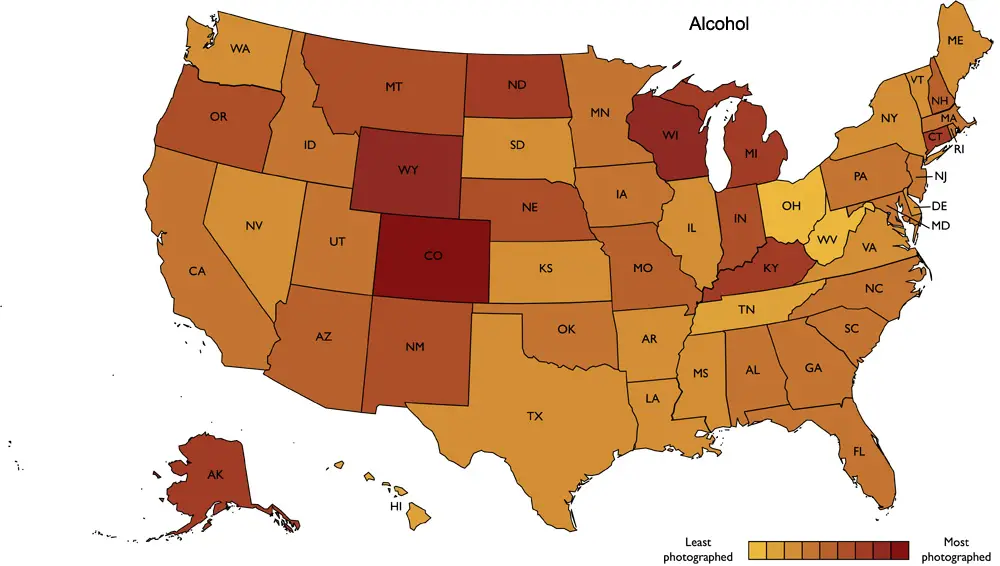Who Still Lives at Home with Their Parents in the United States?
In the United States, the trend of young adults living with their parents has been rising steadily, reflecting broader economic, social, and cultural shifts. This phenomenon provides a fascinating lens through which to explore the changing dynamics of American family life.
Table of Contents
Recent data reveals significant variation across states. For instance, states like New Jersey and California have high proportions of young adults aged 18-34 living at home, while states like North Dakota and Wyoming have much lower percentages. Here are some interesting state-specific data points:
- New Jersey – 47.9%
- California – 45.3%
- New York – 43.6%
- Florida – 42.1%
- Nevada – 40.5%
These numbers reflect broader trends and provide insight into how local economic conditions, housing costs, and cultural factors influence young adults’ decisions to stay at home.
Here is the map of the United States created by the earnest team that shows which states have the most adults living at home.

Historical Comparisons and Future Predictions
Historically, young adults in the U.S. would typically leave home earlier, primarily to marry or seek employment. However, since the 1960s, with changes in the economy and social norms, this pattern has shifted. In the 1980s and 1990s, a decline in manufacturing jobs and a rise in housing costs contributed to more young adults staying at home longer.
Future predictions suggest that the number of young adults living with their parents will continue to rise. Factors such as student loan debt, housing affordability, and economic uncertainty play significant roles. However, shifts in policy, such as affordable housing initiatives and increased support for young professionals, could influence these trends.
Reasons for First Leaving Home
In the U.S., traditional reasons for leaving home, such as marriage and employment, have evolved. The average age of first marriage has increased, and fewer young people are leaving home to marry. The pursuit of higher education has also become a primary reason for leaving, although many students now choose to attend local colleges and universities to save on costs.
Increasingly, young adults are leaving home to achieve independence, but economic barriers often delay this transition. The expansion of higher education and the need for advanced degrees in the job market have also contributed to this trend.
Mental Health and Social Consequences
Living with parents into adulthood can have mixed impacts on mental health. Some studies suggest that it provides emotional and financial support, reducing stress and anxiety. However, others indicate potential drawbacks, such as increased dependency and delayed personal development.
For instance, a study by the Pew Research Center found that young adults living with their parents reported similar levels of life satisfaction as their peers who lived independently, highlighting the nuanced nature of this lifestyle.
Comparing the U.S. to other regions, we find varied patterns. In Europe, the trend is similar, with many young adults staying at home longer due to economic pressures and cultural norms. In Asia and Latin America, extended family living is more common and culturally accepted. In contrast, African countries often see young adults leaving home earlier due to different social structures and economic conditions.
Do you have a map of the United States? If not, check out the following vivid maps:








